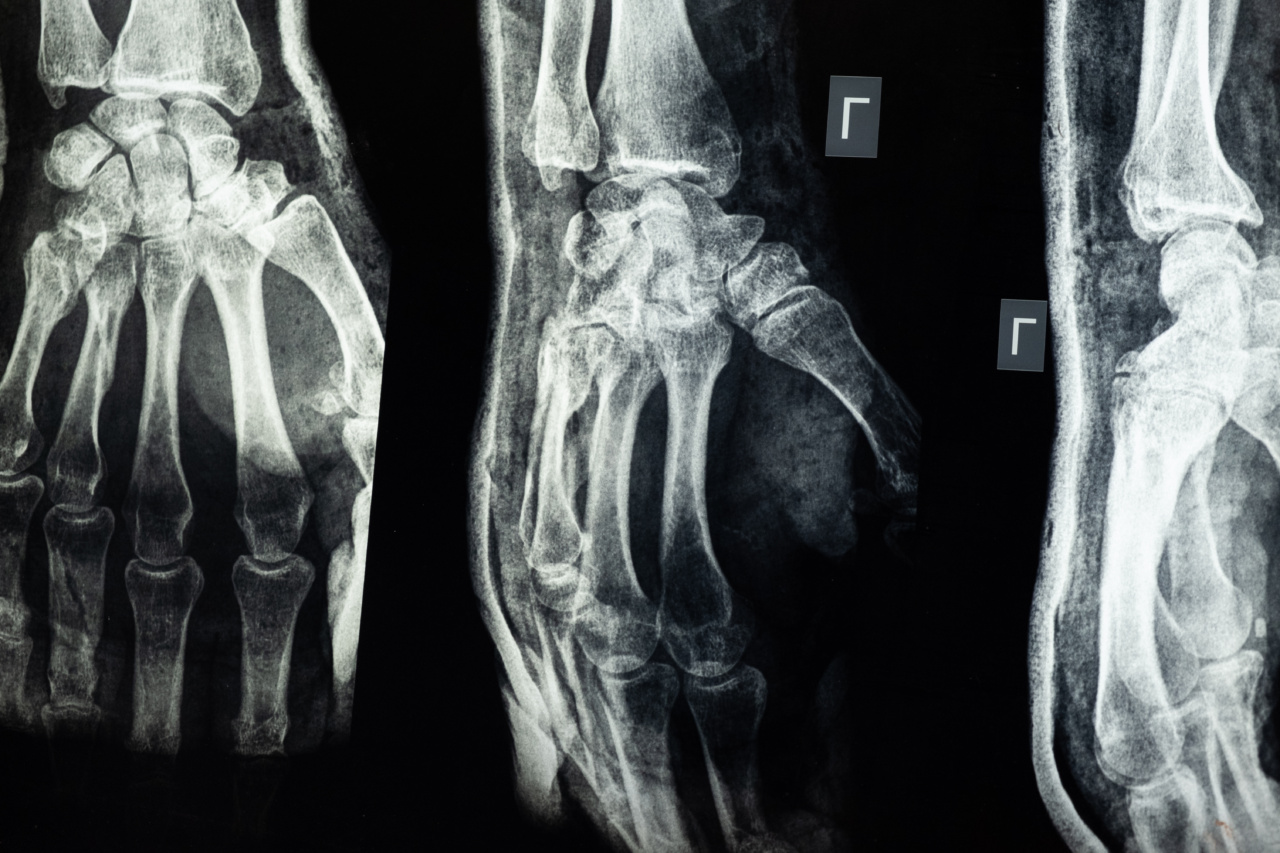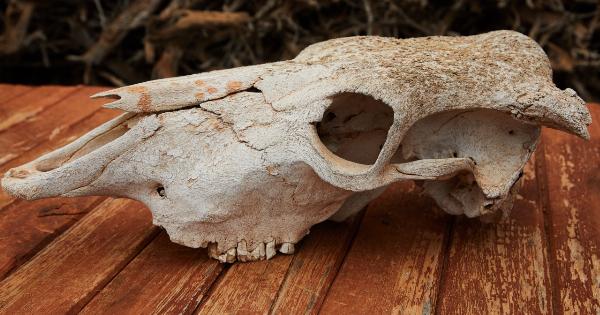Injuries can happen to anyone, at any time. While some injuries may heal with time and proper medical intervention, others can have long-lasting effects.
This article explores five ‘armor bones’ in the human body that are particularly susceptible to injuries. Understanding these vulnerable bones can help us take extra precautions to prevent injuries and ensure prompt medical attention when needed.
The Skull: Guardian of the Brain
The skull, a complex structure of bones, protects our most vital organ – the brain. It consists of several interconnected bones that form a protective shell around the brain. However, the skull is not impervious to injuries.
Head trauma can result in skull fractures, which can be life-threatening. It is crucial to wear appropriate headgear during activities that pose a risk of head injuries, like sports or motorcycle riding.
The Spine: Safeguarding the Nervous System
The vertebral column, or spine, is another essential ‘armor bone’ that safeguards the delicate spinal cord and nerves. Injuries to the spine can lead to paralyzing conditions, like paraplegia or quadriplegia.
Automobile accidents, falls from heights, or sports-related accidents can cause spinal injuries. Maintaining proper posture, lifting heavy objects correctly, and using safety equipment can help minimize the risk of spine-related injuries.
The Rib Cage: Protecting Vital Organs
The rib cage serves as a protective shield for vital organs such as the heart and lungs. Rib fractures are a common consequence of blunt trauma to the chest, often encountered in motor vehicle accidents, falls, or physical altercations.
Such injuries can be painful and increase the risk of damage to the underlying organs. Taking precautions to minimize the occurrence of accidents and practicing safe behaviors can reduce the risk of rib fractures.
The Collarbone: Vulnerability in the Shoulder Girdle
The collarbone, or clavicle, forms part of the shoulder girdle and is responsible for connecting the arm to the trunk.
It is a long, slender bone that is prone to fractures, particularly from falls on an outstretched arm or direct impact to the shoulder. Collarbone fractures can significantly impair mobility and require medical intervention for proper healing. Luckily, many clavicle fractures can be managed non-surgically with immobilization and rehabilitation.
The Pelvis: Supporting the Body’s Stability
The pelvis, a ring-like structure formed by the hip bones, stabilizes the body’s core and provides support for the spine and vital organs in the lower abdomen.
Injuries to the pelvis can result from high-impact accidents, such as automobile collisions or falls from significant heights. Pelvic fractures can be associated with severe internal bleeding and organ damage, requiring immediate medical attention and often surgical intervention to ensure proper healing.
Preventing Injuries and Promoting Bone Health
While accidents can happen unexpectedly, there are several proactive measures we can take to reduce the risk of injuries to these ‘armor bones’ and promote overall bone health:.
- Wear protective gear: Use appropriate helmets, pads, and other safety equipment when participating in sports or engaging in activities with a higher risk of injuries.
- Practice safe behaviors: Follow safety guidelines, use seat belts while driving, avoid distractions, and adhere to safety protocols to minimize the risk of accidents.
- Maintain good posture and body mechanics: Proper posture and body mechanics reduce strain on vulnerable bones and decrease the risk of fractures.
- Stay active and exercise: Regular physical activity strengthens bones, promoting their health and preventing degenerative conditions like osteoporosis.
- Consume a balanced diet: A diet rich in calcium, vitamin D, and other essential nutrients helps maintain bone health and reduces the risk of fractures.
- Avoid smoking and excessive alcohol consumption: Smoking weakens bones, while excessive alcohol consumption can impair bone formation and increase the risk of fractures.
- Undergo routine check-ups: Regular medical check-ups can help identify underlying conditions affecting bone health and allow for appropriate intervention.
Conclusion
Understanding the vulnerability of these ‘armor bones’ and taking appropriate preventive measures can significantly reduce the risk of injuries.
Protecting the skull, spine, rib cage, collarbone, and pelvis is vital for maintaining overall health and quality of life. By adopting safety precautions, practicing proper body mechanics, and promoting bone health, we can enhance our ability to prevent injuries and protect these crucial bones.































